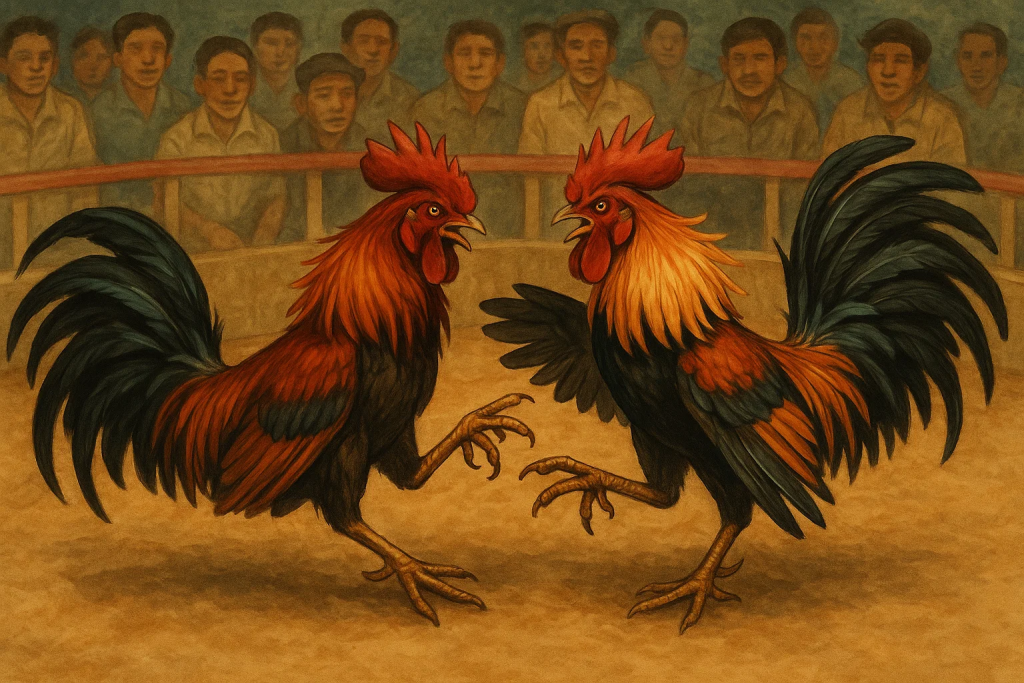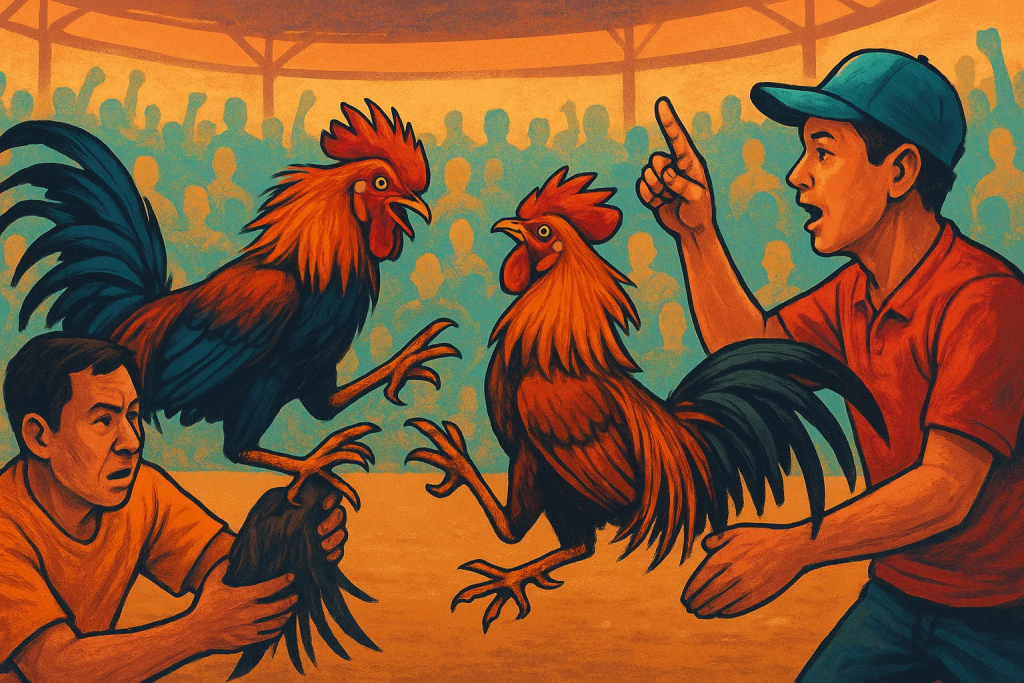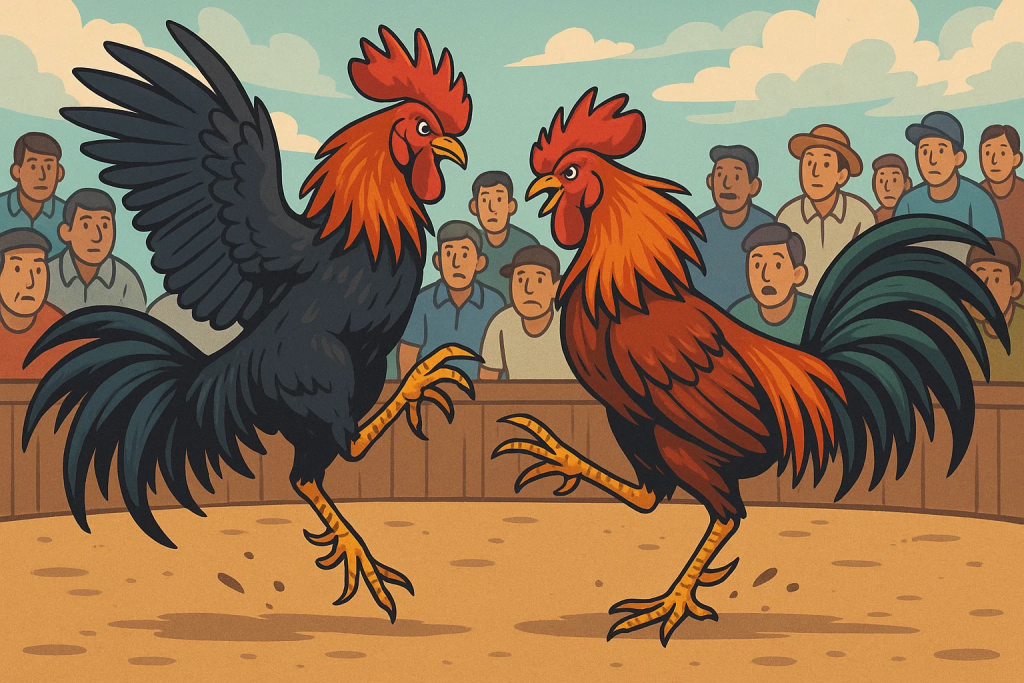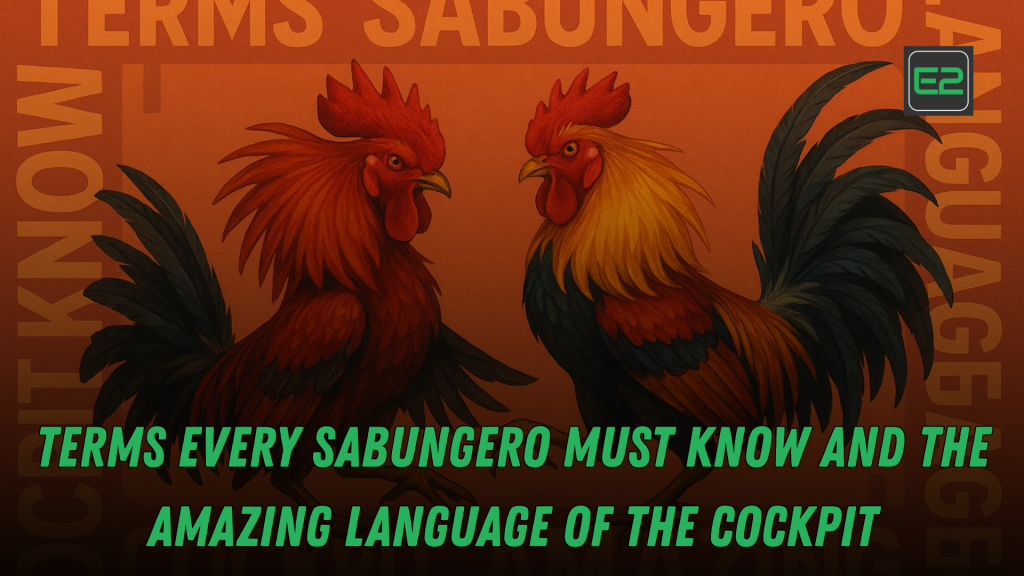For any sabungero (cockfighter), understanding the terminology used in the sport is crucial. The world of sabong (cockfighting) is rich in tradition, and the language spoken in the cockpit is just as deeply rooted in history and culture. Whether you’re a seasoned enthusiast or a newcomer, knowing the right terms can not only improve your understanding of the game but also enhance your experience in the cockpit.
In this article, we will dive deep into the essential terms used in the world of sabong, helping you get familiar with the sport’s language and the intricacies that come with it. From types of birds to cockfighting techniques, let’s break down the vocabulary every sabungero should know.
Table of Contents

1. Basic Terms Every Sabungero Should Know
1.1. Sabungero
A sabungero is a cockfighter or someone who participates in sabong. It’s a term used to describe a person who actively engages in the sport, either by breeding, raising, or fighting gamecocks. The sabungero’s goal is not only to win but also to maintain the highest standards of cockfighting ethics.
1.2. Manok
In sabong, the term manok simply means “bird” or “chicken”. But when it’s used in the context of cockfighting, it refers to the fighting rooster, often meticulously raised, trained, and cared for by a sabungero. The term is essential because the manok is the star of the show in any cockfight.
1.3. Sabong
Sabong refers to the sport of cockfighting. It is a traditional Filipino sport where specially bred and trained roosters fight each other in a controlled environment, usually in a cockpit. The term also refers to the event where these fights are held.
1.4. Cockpit (Pook ng Sabungan)
A cockpit is the arena where the sabong takes place. It is an enclosed space where cockfighters showcase their birds’ strength, skill, and endurance in front of spectators. In the Philippines, the cockpit is an iconic venue for the sport, with some hosting high-stakes tournaments.

2. The Birds: Types and Varieties
Understanding the different types of gamecocks is crucial for any sabungero. Here are some of the common terms associated with manok in the world of sabong.
2.1. Breeds of Gamecocks
- Kampilan: Known for their aggressive and quick nature, Kampilan gamecocks are a popular breed in the Philippines, often trained for speed and accuracy.
- Asil: Asil gamecocks are well-regarded for their toughness and endurance. They are often used in longer fights due to their resilience.
- Shamo: A breed originally from Japan, Shamo gamecocks are known for their strength and fierce temperament. They are large, heavy birds often used for their physical power in battles.
- Reds: Often a term for red-feathered gamecocks, Reds are known for their aggressive fighting style and strong attacks.
- Whitehackle: These birds are prized for their durability and aggression. They are often used in battles requiring tough, sustained fighting.
2.2. Gaff
A gaff is a blade or weapon attached to the gamecock’s leg during the fight. It’s typically made of steel and is designed to penetrate the opponent’s skin. This addition makes cockfighting more dangerous and is an integral part of the sport’s tradition. The gaff is the tool that differentiates sabong from regular bird fighting.
2.3. Spur
The spur is a natural part of a rooster’s anatomy, located on the back of their legs. In cockfighting, spurs are sharpened and sometimes enhanced with gaffs for combat. The spur is one of the main weapons in a rooster’s arsenal, allowing them to inflict damage during the fight.

3. Cockfighting Techniques
Now that we’ve covered the birds and tools, let’s delve into some of the terms related to cockfighting techniques and strategies.
3.1. Bahay-Bahay (Home-to-Home)
This is a term used to describe the fighting style of a gamecock that focuses on attacking its opponent from different angles, much like someone who fights aggressively and persistently. The term is often used when describing an experienced rooster that’s adept at navigating the ring and avoiding heavy hits.
3.2. Tulisan (Thief)
A tulisan is a term used for a sneaky or underhanded fighting technique where one rooster avoids direct confrontation by dodging and only attacking when the opponent is vulnerable. This term can refer to a rooster that relies on its agility rather than brute strength.
3.3. Pares
Pares refers to a simultaneous attack where both roosters land hits at the same time. This term describes a balanced fight, where both gamecocks are in sync with each other, striking at the same moment. Experienced sabungeros can predict and train their birds for this type of combat, which can be decisive in the fight.
3.4. Patir (To Defend)
Patir is a defensive technique used by roosters. It refers to a situation where a rooster is backing off or retreating strategically to avoid a more powerful strike from the opponent. Defensive skills are vital in ensuring the rooster’s survival in long fights.
4. Betting Terms in Sabong
Like any sport, sabong involves betting, and there are certain terms that every sabungero must understand regarding the gambling side of things.
4.1. Taya
Taya refers to the bet placed on a rooster or a particular outcome in the match. The amount and type of bet can vary depending on the sabungero’s strategy, the match’s importance, and the opponent’s skill level.
4.2. Hagilap
Hagilap refers to the process of searching for bets or seeking potential bettors for a cockfight. Sabungeros often network to find people willing to place wagers on the event, building a social network within the cockfighting community.
4.3. Pulso
Pulso is the bet placed on the fight’s pulse or momentum. This is often a side bet made on how the match will unfold. The pulso bet is typically placed during key moments of the fight, where the outcome is still uncertain.
5. Why Knowing the Language of Sabong is Important
Understanding the language of the cockpit is essential for anyone who wants to fully immerse themselves in the world of sabong. Whether you’re a seasoned sabungero or just starting out, knowing the right terms can help you navigate the competitive world of cockfighting. It also enhances your appreciation of the sport, giving you deeper insight into the strategies, techniques, and rituals that make sabong such a thrilling, time-honored tradition in the Philippines.
Share us your thoughts!
If you’re interested in learning more about sabong, the cockfighting community, or simply want to keep up with the latest news and techniques, don’t hesitate to get involved! Stay connected with other sabungeros and immerse yourself in the exciting world of cockfighting.
The Language of the Cockpit: Terms Every Sabungero Must Know delves into the essential terminology in the world of sabong (cockfighting), offering both beginners and seasoned enthusiasts a deeper understanding of the sport’s vocabulary. Key terms include sabungero (cockfighter), manok (fighting rooster), and cockpit (the arena). The article also explores various gamecock breeds like Kampilan, Asil, and Shamo, and explains critical techniques such as bahay-bahay (attacking from multiple angles) and tulisan (sneaky fighting). Betting terms like taya (bet) and pulso (momentum bets) are also discussed. By mastering these terms, anyone involved in sabong can enhance their experience, navigate the sport with ease, and appreciate its rich traditions.
For any sabungero, knowing these terms can enhance both their understanding of the sport and their participation in it. Whether it’s placing a bet, training a manok, or attending a cockpit, being fluent in the language of sabong ensures a deeper connection to the culture and traditions surrounding the sport.
For those wanting to immerse themselves further in sabong, the article encourages engagement with the community and staying informed about the sport’s culture.
Frequently Asked Questions (FAQs)
1. What is a sabungero?
A sabungero is a cockfighter, someone who participates in sabong by breeding, training, or betting on fighting roosters.
2. What does the term “manok” mean in cockfighting?
Manok refers to the gamecock or rooster that is specifically bred and trained for cockfighting.
3. What is a gaff in sabong?
A gaff is a sharp blade attached to the rooster’s leg, used to inflict damage during a cockfight.
4. What is the meaning of “bahay-bahay” in cockfighting?
Bahay-bahay refers to a fighting technique where the rooster attacks from multiple angles and positions, making it difficult for the opponent to predict and defend.
5. How does betting work in sabong?
Betting in sabong involves placing a wager, or taya, on a rooster or outcome. There are also side bets like pulso, which bet on the momentum of the match.
